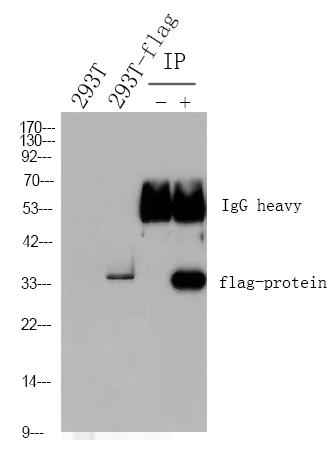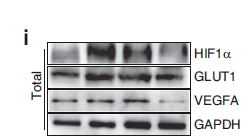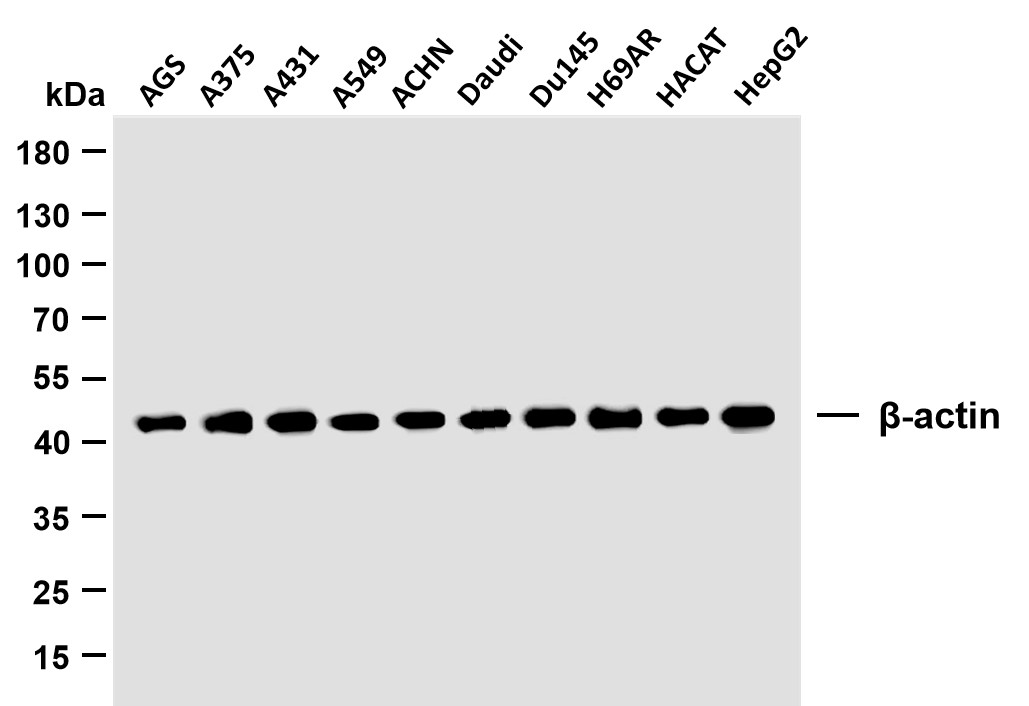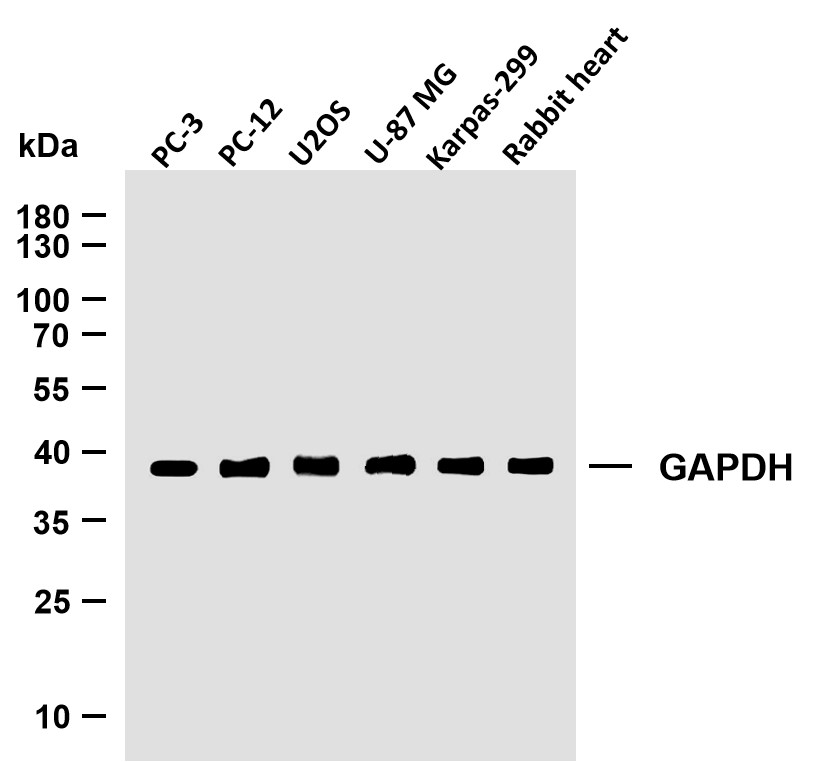
Catalog: YN4120
Size
Price
Status
Qty.
200μL
$450.00
In stock
0
100μL
$280.00
In stock
0
40μL
$150.00
In stock
0
Add to cart


Collected


Collect
Main Information
Target
SPTC3
Host Species
Rabbit
Reactivity
Human, Mouse
Applications
WB
MW
61kD (Calculated)
Conjugate/Modification
Unmodified
Detailed Information
Recommended Dilution Ratio
WB 1:500-2000
Formulation
Liquid in PBS containing 50% glycerol, 0.5% BSA and 0.02% sodium azide.
Specificity
This antibody detects endogenous levels of SPTC3 at Human/Mouse
Purification
The antibody was affinity-purified from rabbit antiserum by affinity-chromatography using epitope-specific immunogen.
Storage
-15°C to -25°C/1 year(Do not lower than -25°C)
Concentration
1 mg/ml
MW(Calculated)
61kD
Modification
Unmodified
Clonality
Polyclonal
Isotype
IgG
Related Products
Antigen&Target Information
Immunogen:
Synthesized peptide derived from human SPTC3 AA range: 341-391
show all
Specificity:
This antibody detects endogenous levels of SPTC3 at Human/Mouse
show all
Gene Name:
SPTLC3 C20orf38 SPTLC2L
show all
Protein Name:
SPTC3
show all
Background:
The SPTLC3 gene encodes an isoform of the third subunit of serine palmitoyltransferase (SPT; EC 2.3.1.50), which catalyzes the rate-limiting step of the de novo synthesis of sphingolipids (Hornemann et al., 2006 [PubMed 17023427]). SPT contains 2 main subunits: the common SPTLC1 subunit (MIM 605712) and either SPTLC2 (MIM 605713) or its isoform SPTLC2L (SPTLC3), depending on the tissue in which biosynthesis occurs (Hornemann et al., 2006 [PubMed 17023427]). There are also 2 highly related isoforms of a third subunit, SSSPTA (MIM 613540) and SSSPTB (MIM 610412), that confer acyl-CoA preference of the SPT enzyme and are essential for maximal enzyme activity (Han et al., 2009 [PubMed 19416851]).[supplied by OMIM, Nov 2010],
show all
Function:
Catalytic activity:Palmitoyl-CoA + L-serine = CoA + 3-dehydro-D-sphinganine + CO(2).,cofactor:Pyridoxal phosphate.,pathway:Lipid metabolism; sphingolipid metabolism.,sequence Caution:Contaminating sequence. Potential poly-A sequence.,similarity:Belongs to the class-II pyridoxal-phosphate-dependent aminotransferase family.,subunit:SPTLC1, SPTLC2 and SPTLC3 may encode subunits of the enzyme.,tissue specificity:Expressed in most tissues, except peripheral blood cells and bone marrow, with highest levels in heart, kidney, liver, uterus and skin.,
show all
Cellular Localization:
Endoplasmic reticulum membrane ; Single-pass membrane protein .
show all
Tissue Expression:
Expressed in most tissues, except peripheral blood cells and bone marrow, with highest levels in heart, kidney, liver, uterus and skin.
show all
Research Areas:
>>Sphingolipid metabolism ;
>>Metabolic pathways ;
>>Sphingolipid signaling pathway
>>Metabolic pathways ;
>>Sphingolipid signaling pathway
show all
Signaling Pathway
Reference Citation({{totalcount}})
Catalog: YN4120
Size
Price
Status
Qty.
200μL
$450.00
In stock
0
100μL
$280.00
In stock
0
40μL
$150.00
In stock
0
Add to cart


Collected


Collect
Recently Viewed Products
Clear allPRODUCTS
CUSTOMIZED
ABOUT US
Toggle night Mode
{{pinfoXq.title || ''}}
Catalog: {{pinfoXq.catalog || ''}}
Filter:
All
{{item.name}}
{{pinfo.title}}
-{{pinfo.catalog}}
Main Information
Target
{{pinfo.target}}
Reactivity
{{pinfo.react}}
Applications
{{pinfo.applicat}}
Conjugate/Modification
{{pinfo.coupling}}/{{pinfo.modific}}
MW (kDa)
{{pinfo.mwcalc}}
Host Species
{{pinfo.hostspec}}
Isotype
{{pinfo.isotype}}
Product {{index}}/{{pcount}}
Prev
Next
{{pvTitle}}
Scroll wheel zooms the picture
{{pvDescr}}


















